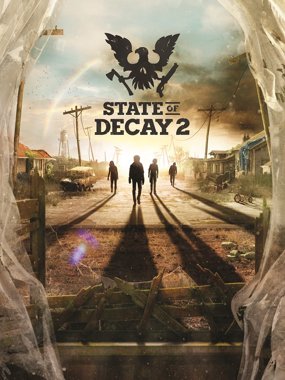Journey

You've probably heard of Japanese meditation gardens - Zen gardens. Actually, it is extremely difficult to call them "gardens": most often they do not contain plants. They just contain stones, white sand is scattered, sometimes a stream gurgles.
Such a garden is needed for creative idleness. You go there, take a small rake and start driving them on the sand. One row, second, third, and again. You can move the stone. You can try writing your name in the sand and then erasing it. Draw with patterns something incredibly beautiful and harmonious. And - again erase, because this is the meaning of meditation. You don't need to do anything during this activity. And if you succeed in achieving the result, it means that you made a mistake somewhere and something went wrong.
Journey is like a Zen garden. This game is required to be played for the sake of the process, not the result. Moreover, there is no finish here, there is no need to save the world, unravel the secrets of ancient civilizations or reach the maximum lines on the leader board. Journey is all about travel.
The Path in Search of Meaning
Journey was developed by a studio called Thatgamecompany. "Travel" was her second project. The first was the game Flower, in which it was proposed to control a light breeze that carried flower petals through the green grass in the meadow.
Journey has kept this calm, relaxing, meditative gameplay. But at the same time, she supplemented it with History, which each player can interpret in his own way. The plot in Journey is presented without words and scenes - at first glance, this is just a walk through the locations. But at some point, you understand the profundity of this project.
To some, Journey may seem like a wise and motivating parable that tells how important it is to go towards your goal, ignoring obstacles and overcoming difficulties. Others will see in it an allusion to the constantly rotating wheel of Samsara and feel like a grain of sand in the mechanism of life - and this can already help to find their place in the world, to find inner harmony and tranquility. Those who will not seek meaning will simply admire the picturesque pictures.
And there really is something to admire here. Despite the fact that most of the gameplay is just jogging along the sand dunes, the surreal world around is incredibly beautiful. But very unusual. The character Journey travels among the sand-covered ruins, merrily rolling down the dunes and soaring high on carpets - and in an environment that is reminiscent of the art of the East and unlike anything at all, there is some kind of mystery. What is the meaning of these debris from the walls? What was the civilization like before Journey? What happened to her? What are all these symbols around?
The game ... does not give an unambiguous and simple answer to them. Generally. Because it is proposed to admire the environment, and not to seek deep meanings in it. Because the sand that gets mixed under the rake in the Japanese meditation garden has no purpose. It simply pours from place to place, grooves and patterns appear on it - but only in order to soon disappear. You don't need to look for meaning in meditations, they are not needed for this.
If you find enough frescoes, you can see the history of this world. And understand why carpets fly.
How to play Journey
Journey's gameplay is as simple as possible. This is essentially a normal walking simulator. By controlling the character, who is called Red, you can slide down the sand dunes, walk, jump, and in the second half - also fly.
At the same time, the game does not seek to abandon any serious tasks. There are puzzles, but they are as simple as possible. Platforming is also negligible. And as a result, even people who hold a controller in their hands for the first time will be able to complete Journey on the first try without a single death.
Journey Multiplayer
It's hard to check, but Journey also has multiplayer! True, the multiplayer mode here is not quite what it is supposed to be.
Journey, you can accidentally meet another Red, only controlled by another player. There is no voice or text chat - just two tiny figures against the backdrop of a yellow desert and the ruins of a once great civilization. And from that moment on, a silent journey begins together.
Since there is no gameplay as such even in the singleplayer in Journey, it does not appear in the multiplayer mode either. Competition is the same, since both characters are at approximately the same level of development, and there is no need to strive to overtake the other. The only gameplay plus from multiplayer is that two people can light altars. And that's all.
But Journey, again, is not really a game. This is an emotional, philosophical parable, a story about the decline of civilization - or about the wheel of Samsara. This is a journey, the only meaning and purpose of which is in the journey itself, without a finish line. This is a path that is more pleasant to walk together. And that's all.


















